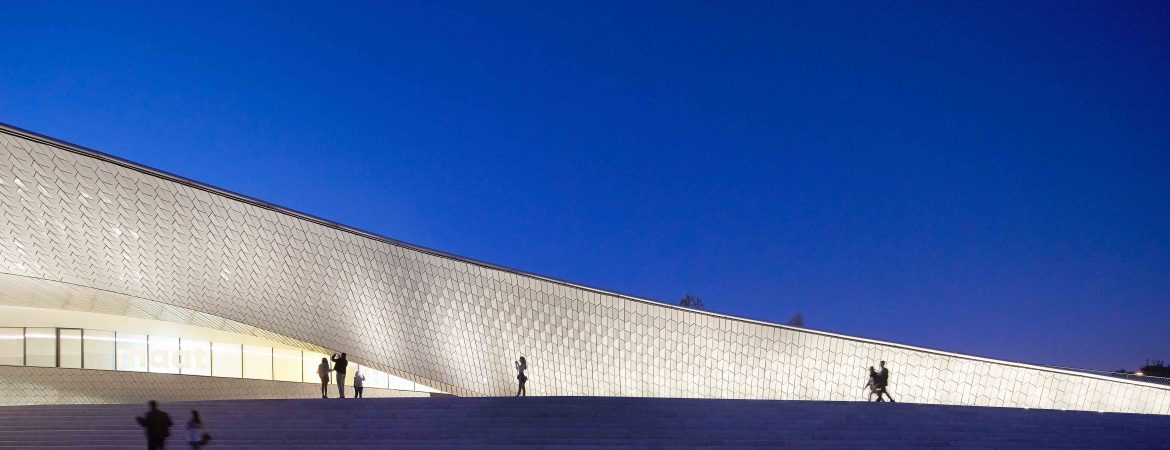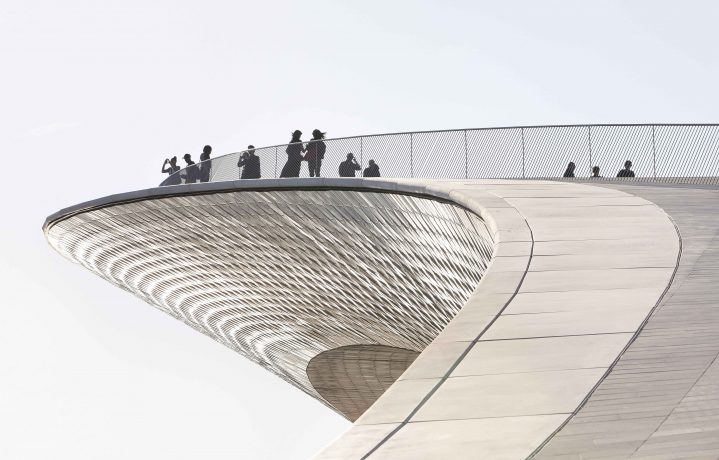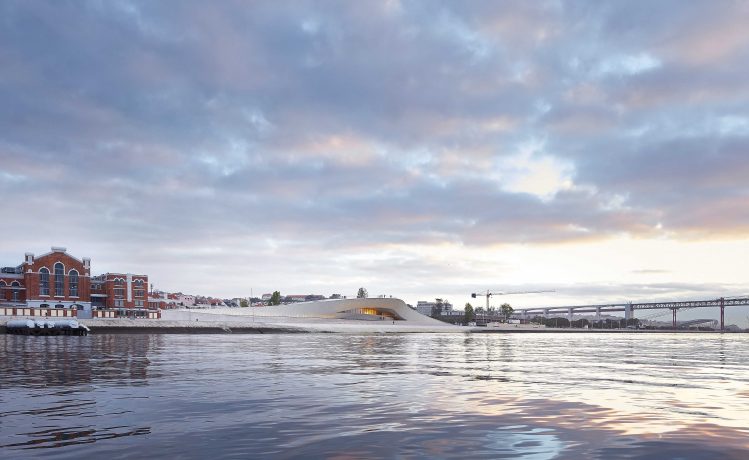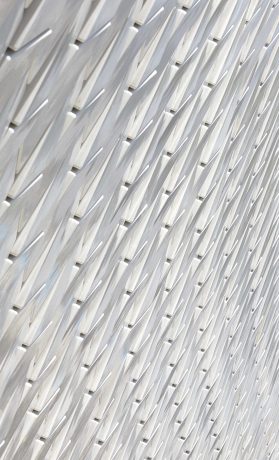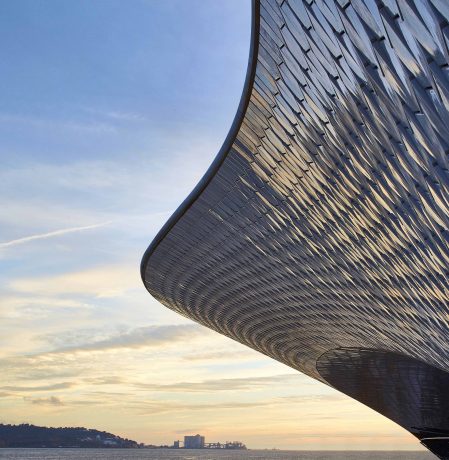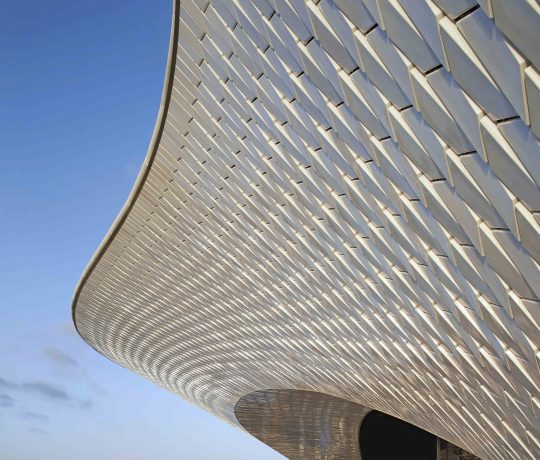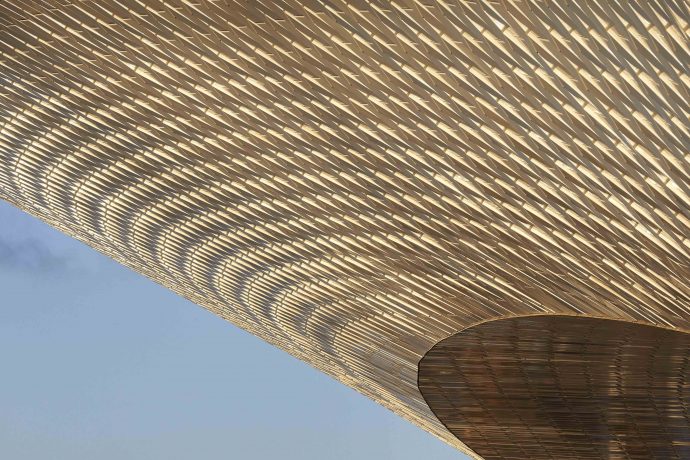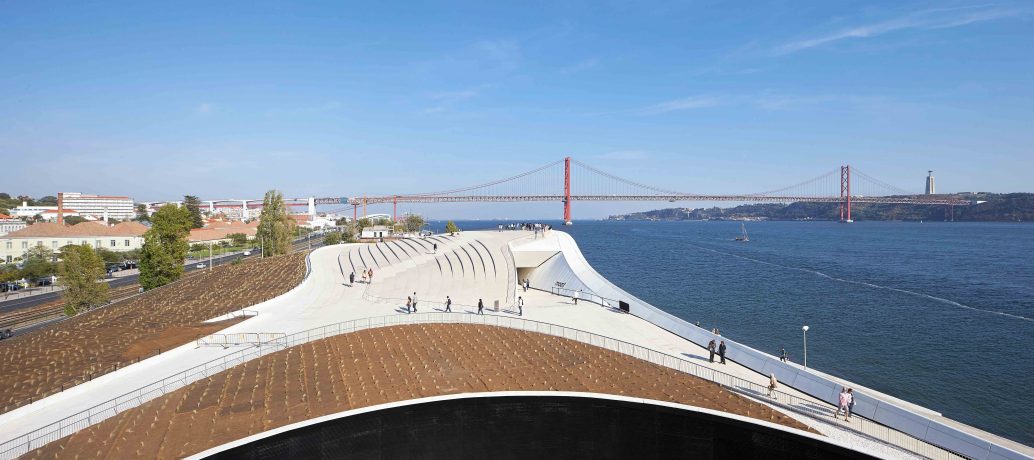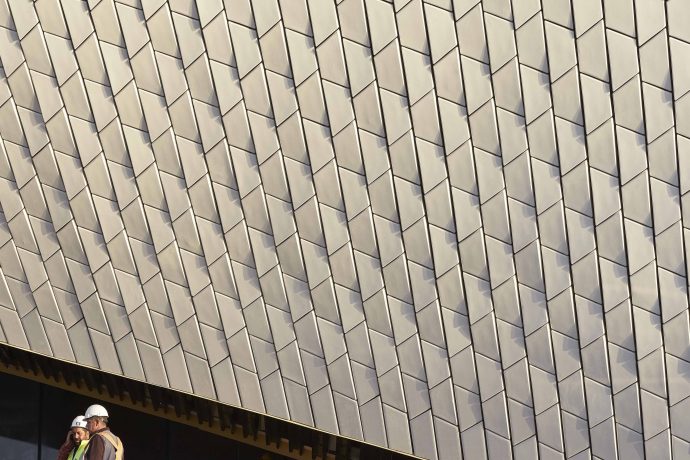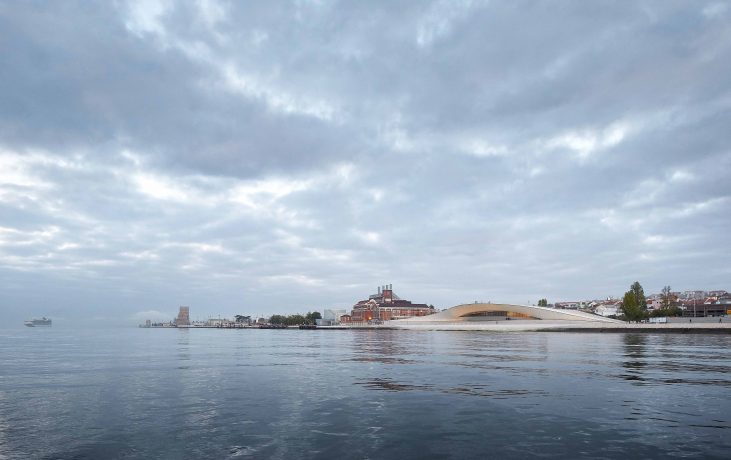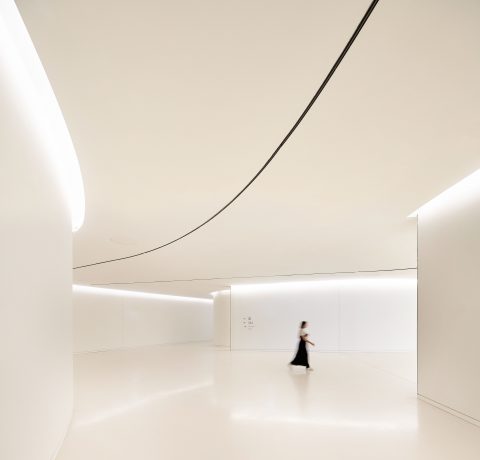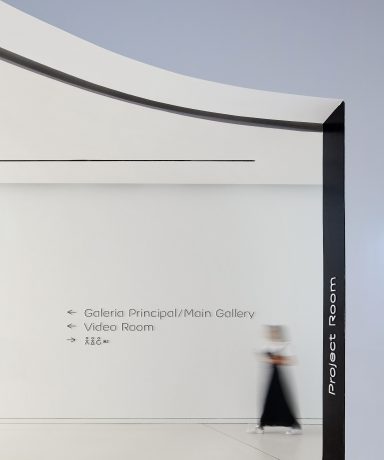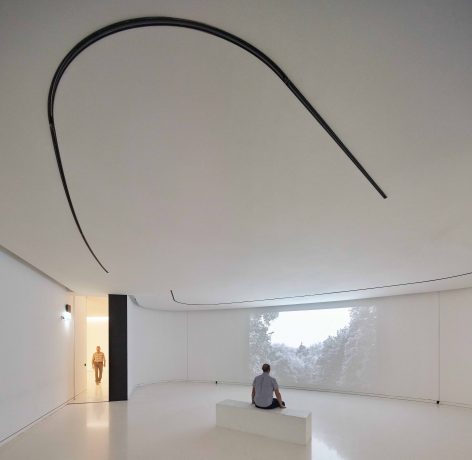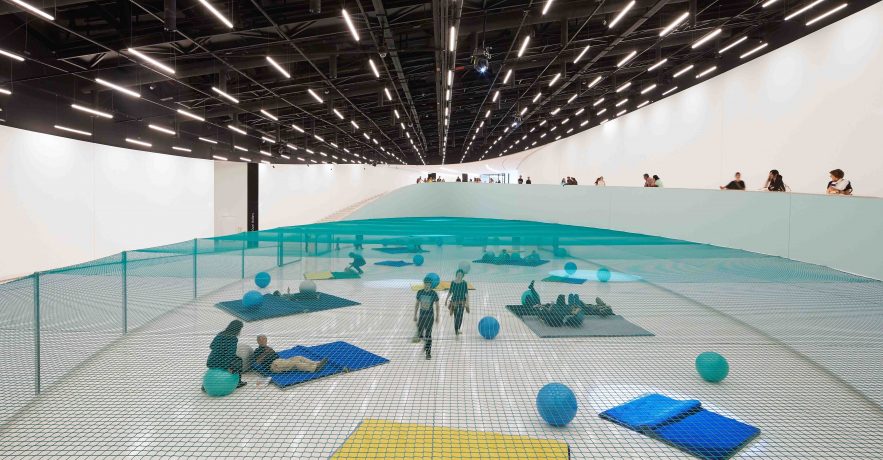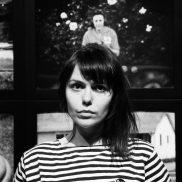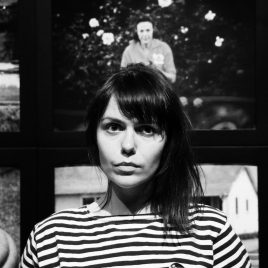MAAT – Museum of Art, Architecture and Technology in Lisbon - is a hybrid. Through a range of educational activities, curatorial initiatives, exhibitions and publications it increases the visibility of Portuguese art. It is no surprise that such big goals require dedication and scale. What should the site of such a museum be like? Where should it be located? The founders of the museum seemed to find a perfect answer and on October 5th, 2016 the museum opened its new building.
MAAT now occupies a big campus in the historic cultural riverside district of Lisbon. The museum is yet another example of repurposing industrial building into an art space. In this particular case, architects redesigned the Tejo power station on the banks of Tejo River. MAAT is the centerpiece of the EDP Foundation campus. EDP is the largest electricity supplier in Portugal, and EDP Foundation Art Collection includes the works by more than 250 Portuguese artists.
ejo power station was built in 1904 and operated till 1970s. Twenty years later, Tejo power station was turned into the Museum of Electricity. Curiously, the campus is located in the most dynamic cultural area in Lisbon, so it is no surprise MAAT’s team chose this location.
The Director of MAAT Pedro Gadanho comments on the location:
“The new building effectively constitutes an extension to the existing Tejo Power Station, which was already being used for the Foundation's cultural activities (EDP Foundation). In this sense the decision was a logical one, so as to expand the available space for a more ambitious exhibition program.”
The most fascinating thing about MAAT’s new site is that the architects managed to preserve the industrial aesthetics of the power station while giving it a completely new feel and purpose.
Pedro Gadanho:
We certainly respond to the spatial characteristics of both buildings in the way we distribute the program by the Tejo Power Station and AL_A's new building. In the former we have built new white cube-like galleries that complement the organic and fluid spaces that characterize the new building. In this sense, very characteristic spaces, such as the Power Station's Boiler Hall where industrial heritage subsists, or the new Oval gallery, obviously demand site-specific interventions, while more neutral spaces are more adequate to accommodate touring shows, collection exhibitions or mid-career surveys by Portuguese artists.”
The building was designed by British architecture studio AL_A. Through the design, architects attempted to strengthen conceptual references to the site and its history. While the firm does not have a history of designing museum spaces, the current building is a success!
Pedro Gadanho:
The architects were directly invited by the EDP Foundation board. The result is quite satisfying, as it is proving to be a popular new spot in town, given its user-friendly public spaces. The museum was created before the museum's vision consolidated along the last year, so it was designed as much as possible as a flexible structure that would allow for different program options.”
MAAT is not just another museum building. It is a space for creativity, and educational and cultural site which already changed the urban and cultural landscape through its location and innovative designs.
